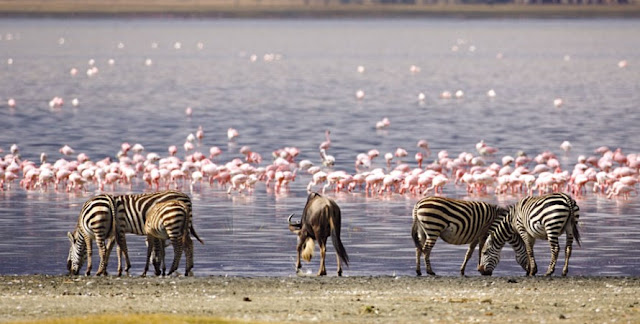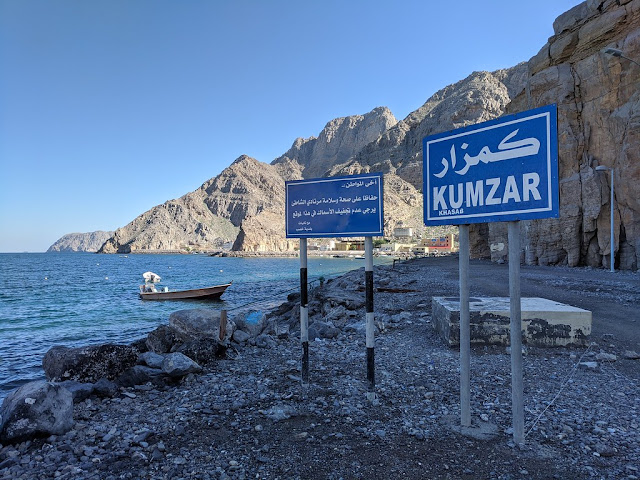MAVERICKS: THE BIG WAVE - A COLD-BLOODED MONSTER There, off Half Moon Bay, some nineteen miles south of San Francisco, a half-mile offshore from Pillar Point Harbor, what is perhaps the most dreaded wave anywhere on the planet can be seen breaking. This anomaly of nature feeds both the dreams and the nightmares of every top surfer.
To get an accurate idea of what this place is like, you need to forget all those colorful surf culture clichés, such as palm trees, flower-patterned shirts, white sand, and bikinis. The local beach boys brave the cold water wearing thick black hooded wetsuits. Besides, they don’t have time to strut about on the beach because they have to paddle for three-quarters of an hour, avoiding rocks and strong currents, to reach the lineup. It’s certainly not the beauty of the scenery that warms their hearts—far from it.
This place has nothing in common with the sumptuous turquoise undercroft of Tahiti’s Teahupoo or the lightness and delicacy of the waves at Bali or Hawaii. Here, the best they can hope for is a mass of murky water launched at full speed, a dark wall climbing without warning to a height of sixty feet, exploding with such power that it can be recorded on the Richter scale. This monster would probably have remained unknown had a young and intrepid local boy not tamed it in the 1970s. A high school student from Princeton-by-the-Sea, Jeff Clark, had developed a passion for the great beast that roared nearby when the winter storms generated enough of a swell to rouse it.
In 1975, he risked it for the first time, and then a second. Over a period of fifteen years—always alone—he learned the secrets of this atypical wave ignored by the big-wave surfing community, who only had eyes for Hawaii. And then one day Jeff revealed his secret garden to a group of friends, who couldn’t believe their eyes. Photos of Mavericks went all around the world, and the elite of the discipline rushed to Princeton-by-the-Sea. Then disaster struck. In December 1994, Mark Foo, the master of big wave riding from Hawaii, drowned here, knocked out by blows from the wave soon after arriving.
Mavericks became the cursed wave that would take more lives and cause many more injuries. But it is impossible to avoid: All self-respecting big-wave surfers simply have to pit themselves against it. And so, despite being gripped by fear, they submit to this ultimate surfing challenge that, deep down, nobody wants to take. Giving yourself up to the cold water, getting your bearings as best you can relative to the coast in order to avoid the impact zone, trying not to think about the reefs that just want to break your bones or, even worse, snag the leash of any surfer unlucky enough to be caught in the crusher, thereby condemning him to drown.
For those unmoved by the prospect of being crushed to death between icy water and jagged rocks, there is more danger to be had. Great white sharks of the North Pacific have a particular predilection for the shallows off Pillar Point.


























.jpg)
.jpg)
.jpg)
.jpg)
.jpg)
.jpeg)
.jpg)
.jpeg)























